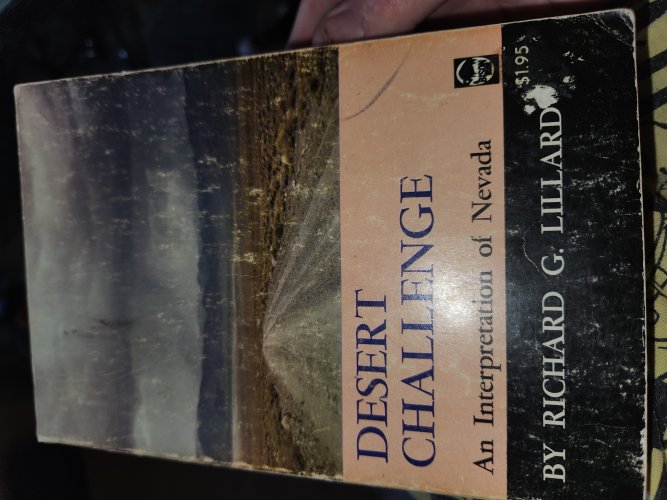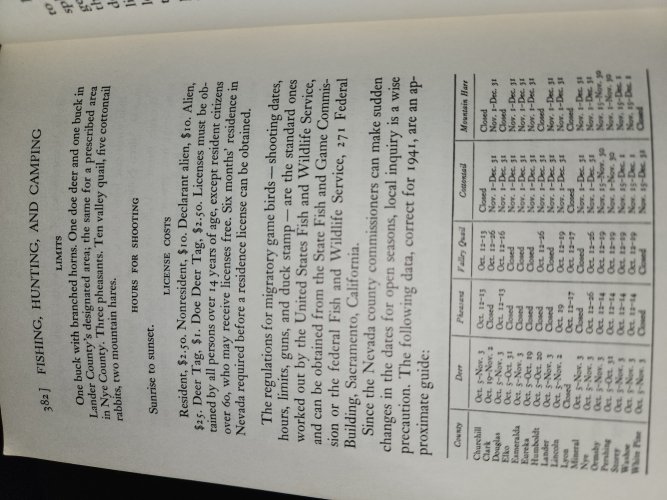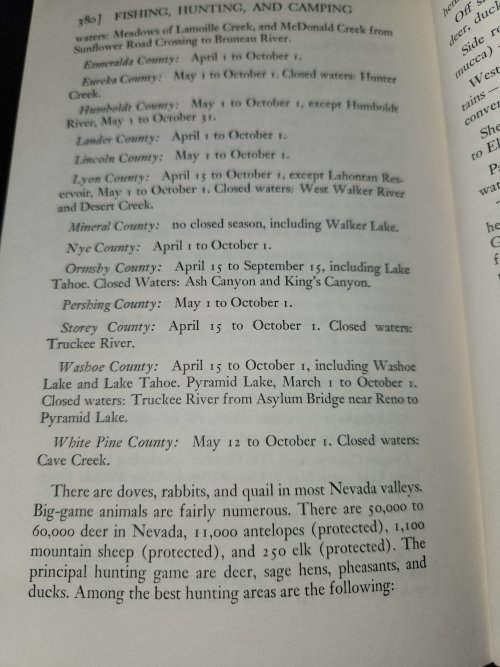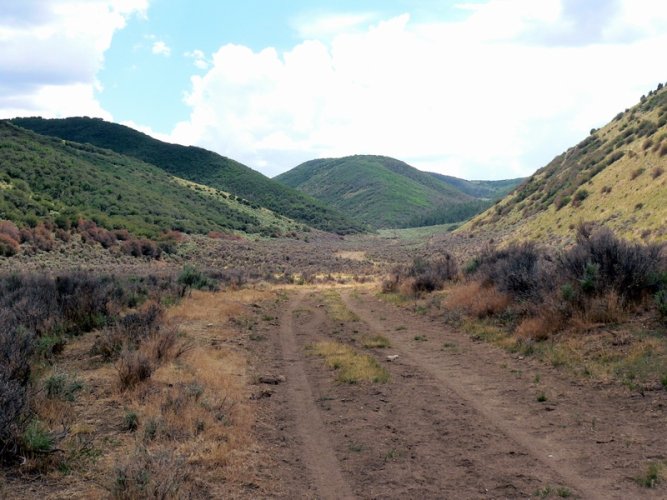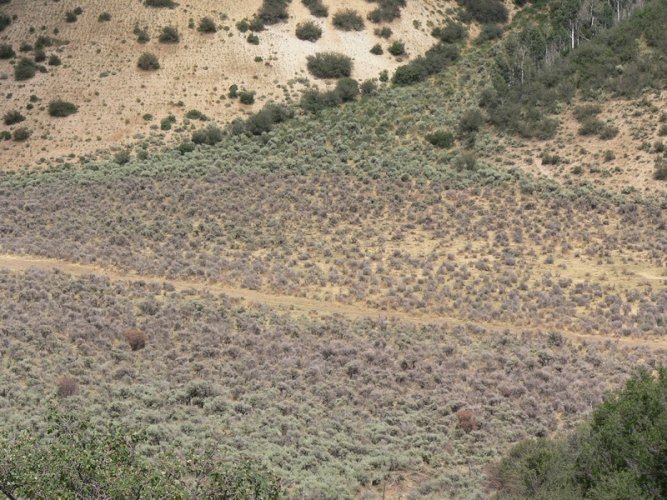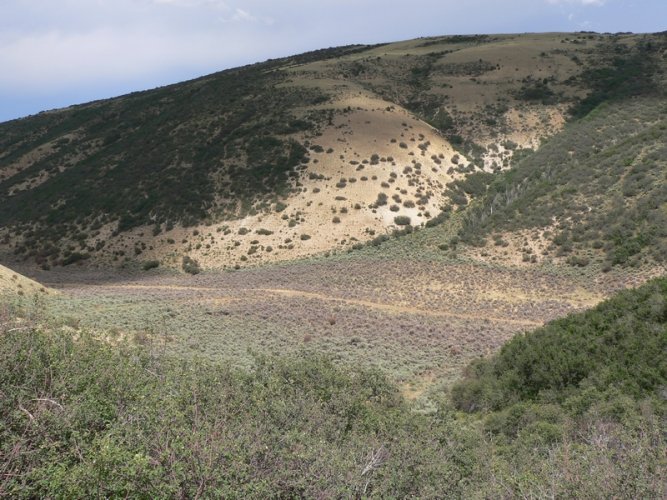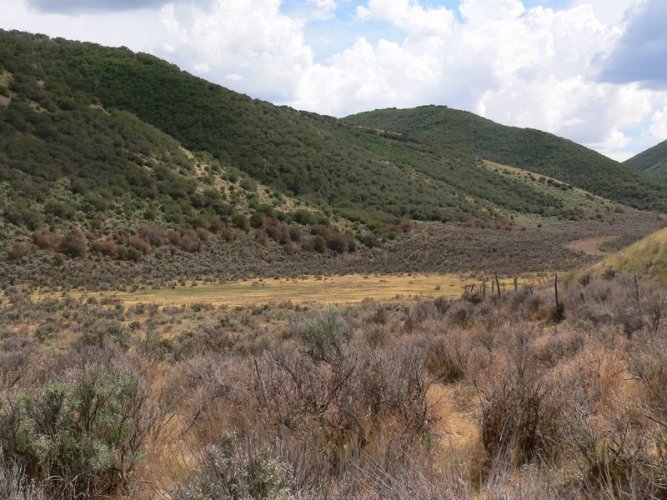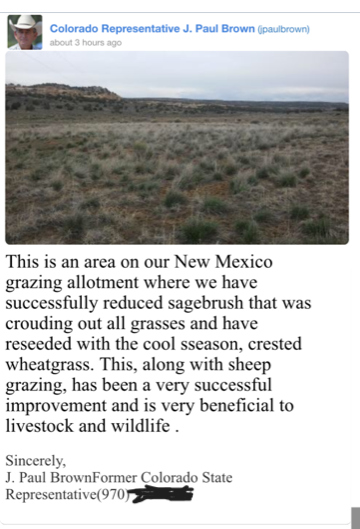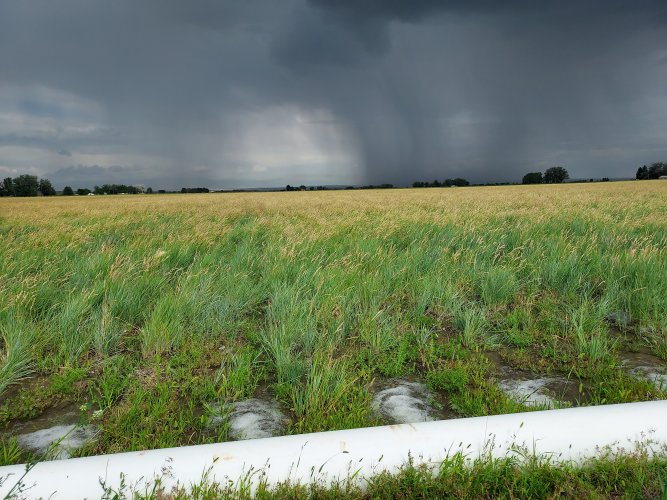kwyeewyk
Well-known member
Add to that the shortened fire return interval that comes with invasive annuals that keeps shrubs from reestablishing post fire.I agree with this 100%.
A major reason for this is the dramatic increase in nonnative invasive plants, especially grasses, that have essentially resulted in monotypic stands of invasive grass across the west. Kentucky bluegrass, smooth brome, crested wheatgrass, cheatgrass and Japanese brome…there are millions of acres where the forb/shrub component has been severely reduced or even eliminated due to competition from invasives. That’s very bad for mule deer. If we eliminate disturbance (cattle grazing quite often), this invasion accelerates in grassland ecosystems. I’m not saying overgrazing isn’t a problem, particularly on public. But there’s a reason the highest quality prairie and grasslands that I have personally ever seen are typically found on private working lands. They sure as hell aren’t found on idle ground.
Changes in weather patterns and precipitation abundance and timing aren’t helping the native plants hang on, either. That’s resulted in changes to plant communities and succession that affect all types of habitats mule deer use.
Back in the day, deer could migrate to better foraging grounds when weather events or forage quality weren’t optimal, but I think we all know by now the enormous barriers impacting migration corridors that exist on the landscape today. Not to mention the losses of high quality winter range to migrate to in the first place.
Those changes in weather patterns are also driving changes in disease emergence and spread. As we see climactic shifts, we’ve got expansion of parasites and vector-borne diseases (EHD for example) that aren’t good news for deer either.
The relative weight of all of these factors, and others, likely varies among different populations but I suspect the range wide decline of mule deer is much more a factor of “death by a thousand cuts” than any single variable alone. Folks like to get all wrapped around the axle over single issues (it’s the predators! It’s the habitat!), but it just isn’t that simple.




